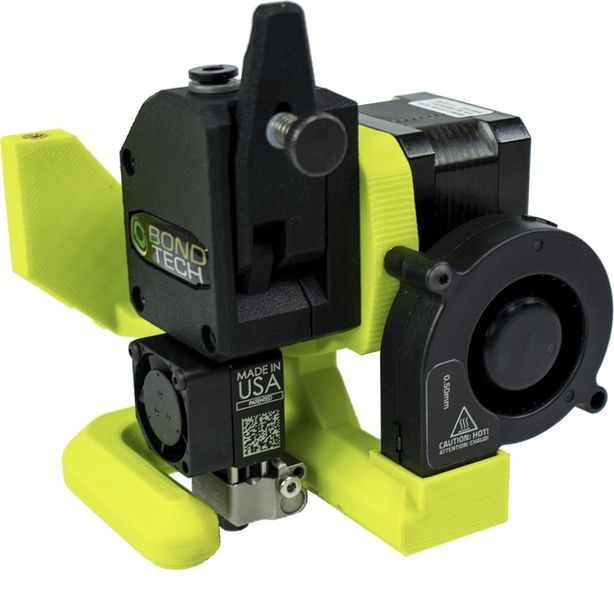
We’ve just heard that FAME 3D, the new owners of LulzBot, have made a deal to provide 1.75mm filament support for LulzBot 3D printers.
1.75mm Filament History
When the first desktop 3D printers appeared around 2009, they used 3mm diameter filament. This was because there were no dedicated suppliers of 3D printer material at the time, and experimenters of the day had to use leftover materials from industry, and that turned out to be 3mm ABS welding wire.
However, the 3mm format was poor because it didn’t fit well in 3mm PTFE tubes often used in 3D printer designs. Thus a move was made to 2.85mm diameter format, which remains today as a major standard.
However, along the way someone came up with 1.75mm diameter format that was a lot easier to deal with, particularly after the introduction of PLA filament. PLA tends to get brittle with exposure and with a 2.85mm diameter it tended to snap easily.
Since that time most 3D printer manufacturers have used the 1.75mm diameter standard, although a few manufacturers have continued with the 2.85mm standard. The two most notable in that space are Ultimaker and LulzBot.
Until now.
FAME 3D and Slice Engineering
Today FAME 3D announced they’ve struck a deal with Slice Engineering to incorporate that company’s M175 Tool head which, as you might guess, uses the 1.75mm standard.
Florida-based Slice Engineering has the tagline “3D Printer Components to Turn Your Fiat into a Ferrari”, and “without buying the Ferrari”. Their products are well known in the industry and include the Copperhead hot end and the Mosquito professional hot end.
FAME 3D explains how the M175 will fit into the LulzBot line:
“This tool head comes standard with the highest performance components available for desktop 3D printers, including the famous Mosquito Hotend and brand new Bridgemaster nozzles from Slice Engineering, as well as the BMG Extruder from Bondtech. As with all of LulzBot’s new Tool Heads, the M175 has been designed with the Universal Tool Head System, making it a drop in upgrade for the current line of LulzBot 3D printers — the Mini 2, TAZ Workhorse and TAZ Pro.”
Some 3D printers in the LulzBot line do not use the universal tool head system, like the Mini 1, TAZ 5 and TAZ 6, but FAME 3D says each of these can be easily made to fit the M175 with the addition of a universal tool adapter they sell as an accessory.
1.75mm LulzBot
This means that at time of order, one could theoretically configure a new LulzBot device to use 1.75mm filament, something that hasn’t really been an option previously, or at least this easy to do.
I’m wondering how many LulzBot clients and new prospects will take this option, as the ability to 3D print 1.75mm filament does open up more material types from filament providers. I suppose it depends on whether unusual materials are required for the application, or perhaps clients may simply move towards 1.75mm filament to align with the majority of the industry.
Another possibility is that if FAME 3D sees many such requests they might possibly change their standard offering from 2.85mm to 1.75mm in the future.
If that happens, then the number of 2.85mm filament 3D printer options will be diminished and one might wonder when the remaining holdouts consider switching as well.
In the meantime, take a look at that pile of 2.85mm filament beside your LulzBot and ask yourself how long it will take you to 3D print it all.
Via LulzBot and Slice Engineering
